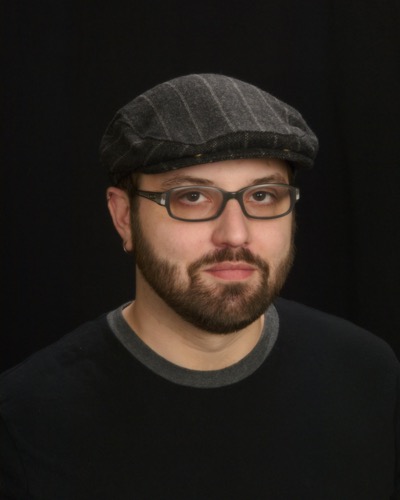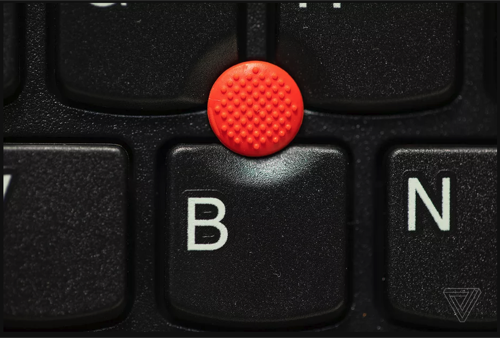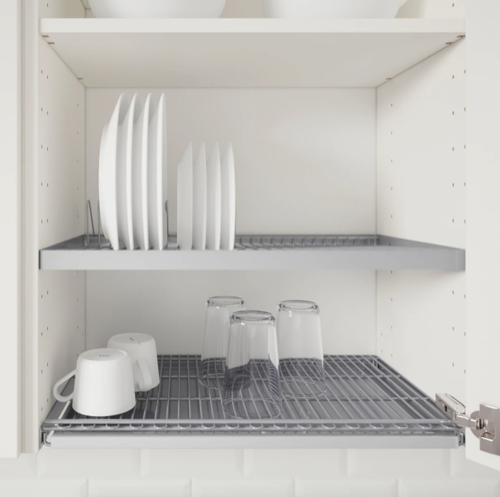Kurt Kohlstedt, 99% Invisible

Cool Tools Show 255: Kurt Kohlstedt
Our guest this week is Kurt Kohlstedt. Kurt writes and talks about design and cities at the popular podcast 99% Invisible. He has been covering design, art and urbanism professionally across various platforms since completing his master’s degree in architecture in 2007. You can find Kurt on Twitter and Instagram @kurtkohlstedt.
Subscribe to the Cool Tools Show on iTunes | RSS | Transcript | See all the Cool Tools Show posts on a single page
Show notes:

TrackPoint Mouse and Logitech Performance MX Mouse
The TrackPoint was originally designed in the early nineties and then the name TrackPoint was been patented by IBM in the late nineties. And what it is, is a mouse that is built into your keyboard. And it’s got a bunch of different names that people will recognize it by. It’s sometimes called the eraserhead mouse or a nub mouse and it’s basically situated on keyboards between the G, B and H key and I’ve been using these since I got my first laptop computer for college in 1998 and I will not buy a computer that does not have one of these. While not unique to ThinkPads, “nub” or “eraserhead” mice are most commonly found on these Lenovo computers. They allow infinite scrolling and other advantages, but most of all: using a mouse without lifting your hands off of the keyboard. They are an absolute requirement for me in any new computer I buy. I also special order 3D-printed concave nubs from a fellow aficionado in Japan because the indent allows for better control. For detailed work, I also love my Logitech Performance MX that works on any surface. I even pre-ordered extras when they were phased out, but from reviews, the newer versions in the MX series are good.

The Fisher Space Pen
The Fisher Space Pen is a pen that works in essentially any orientation. It has a pressurized cartridge, so the ink is pushed out and so you can write upside down. You can write in space. It works in very hot and cold temperatures. It’s designed to last for a 100 years and work anywhere. And one of the things I like about it is that it has this kind of apocryphal origin story that gets passed around. And the story is simply, while NASA was spending millions of dollars developing the perfect pen for outer space, the Soviets just used a pencil and it makes for a great little anecdote, but it’s totally untrue. I also just have a lot of respect for it as a universal design. I just wrote this article about how the world is still designed for right handers, even though 10% of the global population, over half a billion people are left handed.

Google Docs
Really, it’s less a “Google is the best” thing than “collaborative online documents are amazing” thing. I don’t think I fully realized its power until I joined 99% Invisible. At 99pi, we can do real-time edits, listening to drafts of an episode and making script comments as we go, then go back over those. The entire staff in a meeting can be making their own notes, all in the same shared digital space. For the book, which was a co-authored project, it made collaborating so much easier. I’m not trying to upsell Google in particular. I’m sure there are other document sharing programs that are just as good. It just so happens that that’s the one I use and it’s just been revolutionary to me as a person who works in writing and other creative text based endeavors.

The Finnish dish-drying closet
This is an absolutely ingenious invention that does away with the clutter of sink-side drying racks. Basically, the shelves of a cabinet over the sink have slots to allow water to drain into the sink. This saves time and energy and space, allowing wet dishes to be put away without being dried first. It’s more sort of eco-friendly just sort of self drying. There are various versions for sale, including one from IKEA as well as stand-alone racks that hang dishes over sinks and simulate the effect of the Finnish original.
About The 99% Invisible City:

The 99% Invisible City: A Field Guide to the Hidden World of Everyday Design was a NYT bestseller right out of the gate in early October. In the book, Roman Mars and I zoom in on intriguing details about how cities work, exploring the origins and other fascinating stories behind everything from power grids and fire escapes to drinking fountains and street signs. It is in part a guide to cities, but also to noticing and understanding generally overlooked designs.
We have hired professional editors to help create our weekly podcasts and video reviews. So far, Cool Tools listeners have pledged $390 a month. Please consider supporting us on Patreon. We have great rewards for people who contribute! If you would like to make a one-time donation, you can do so using this link: https://paypal.me/cooltools.– MF
12/4/20





